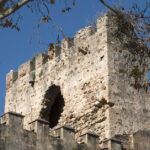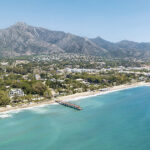To truly get away from it all, visit one of Andalucia’s many protected park areas. The experience will be unforgettable.
Article by Vivion O’Kelly
If you were dropped on Andalucia from a passing space station, there’s a fifty-fifty chance you’d find yourself in mountainous terrain, a one in three chance you’d be on high ground (over 600 metres) and an eighteen percent chance you’d end up in a national or nature park. And very little chance that you’d land the right way up at your favourite beach bar.
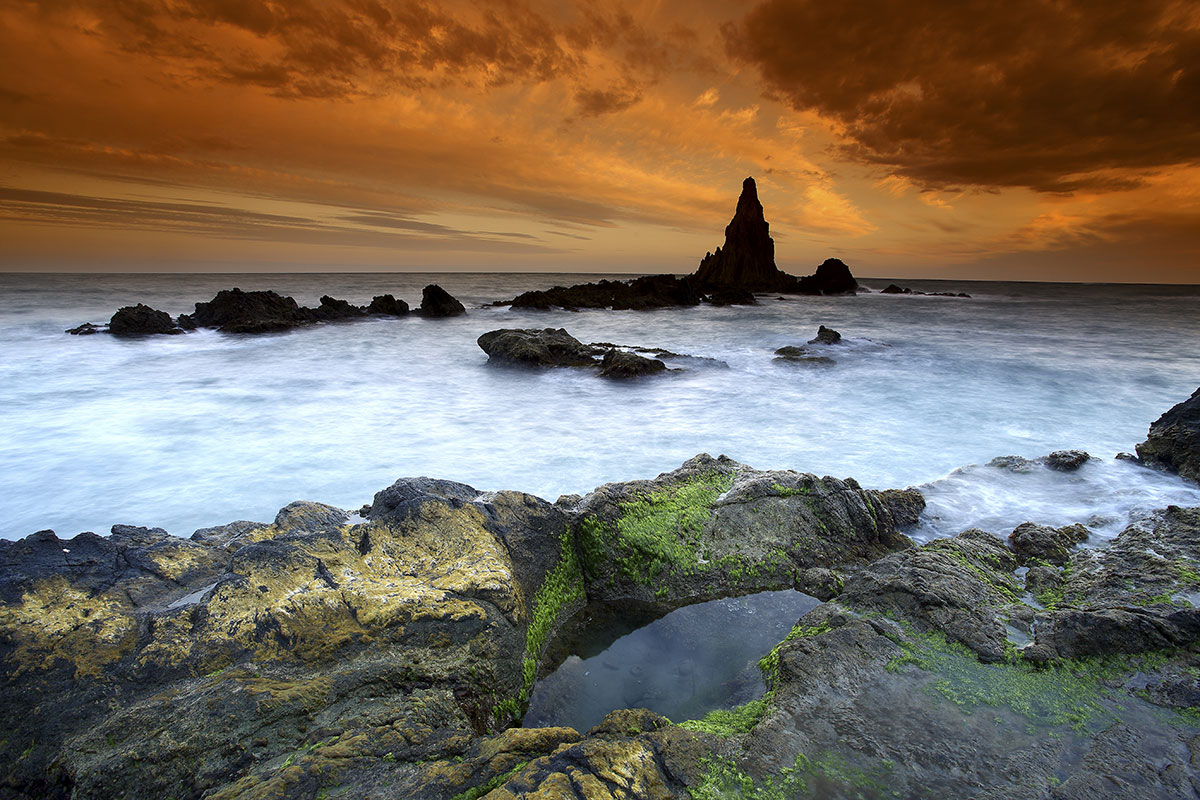
With regard to national and nature parks, Andalucia has a larger proportion than any other region of the country, which is more than most other countries in Europe and far less than some, such as Luxembourg, Slovenia and Malta, at 76 percent, 72 percent and 65 percent respectively. Not great by comparison, but on the other hand, with so much mountainous terrain, there is probably less need for official protection in this naturally beautiful Autonomous Community.
As a matter of incidental interest, 36 percent of the UK is protected and only nine percent of Portugal. Spain fares better in the ranking of number of protected areas, rather than total size, at 10th position.
We featured Spain’s newest, and Andalucia’s third, National Park on this blog last October (A New National Park for Spain, Close to Marbella), this being the Sierra de Las Nieves, right on our doorstep and within the far bigger nature park of the same name established in 1989. Here we take a closer look at Andalucia’s protected park areas in general.
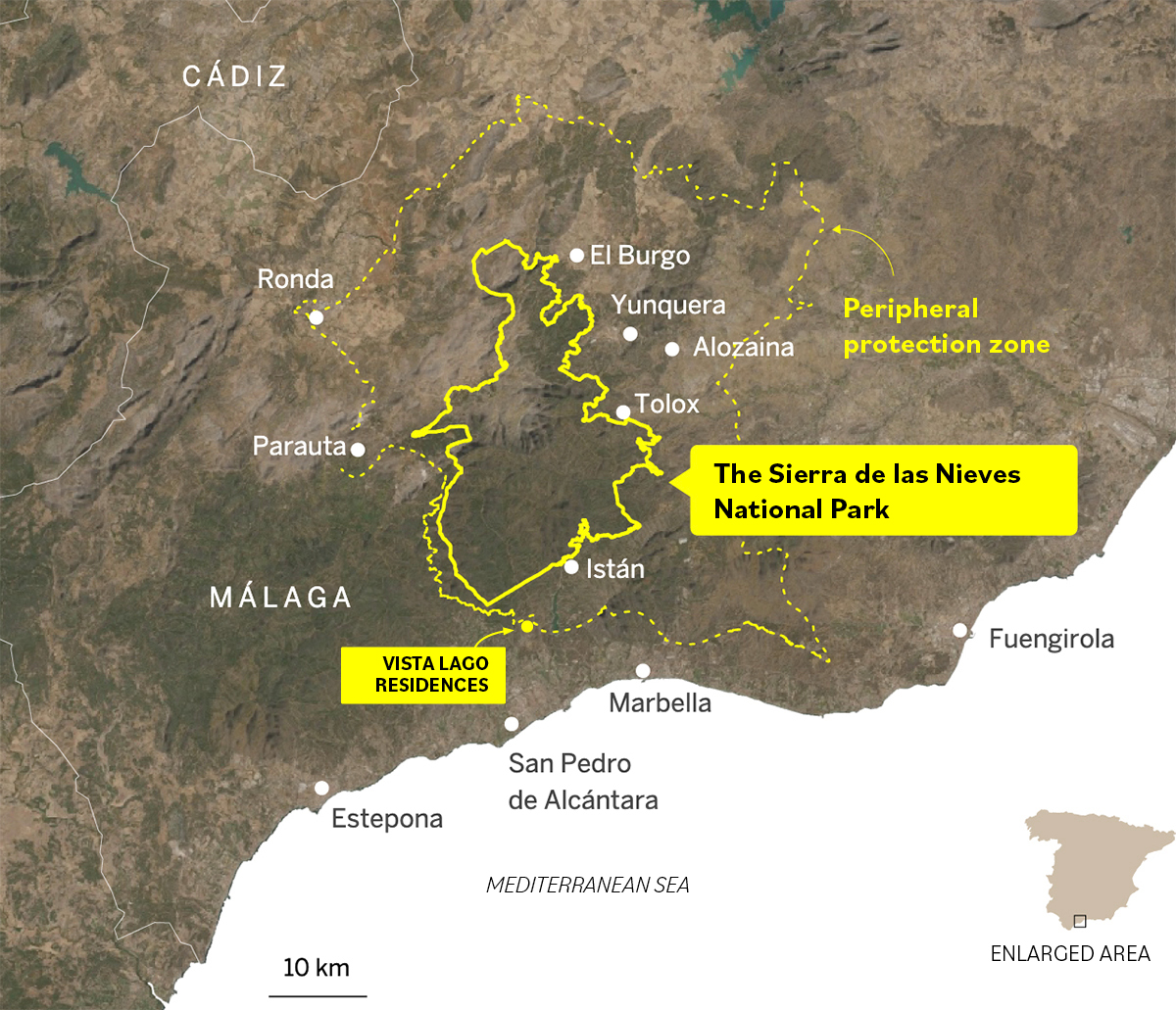
Of the sixteen National Parks in Spain as a whole, three are in Andalucia, and of the 151 Nature Parks in the country, 24 of them are in Andalucia. Six of them are coastal, among these being Doñana, the oldest National Park and best known internationally, established in 1955.
Eight of them have also been designated biospheres by UNESCO, which means their ecosystems, landscapes or natural resources have an internationally recognised importance and require conservation measures and sustainable development to safeguard their biodiversity. These include the Sierra de Las Nieves, Sierra Nevada, Grazalema and Doñana.
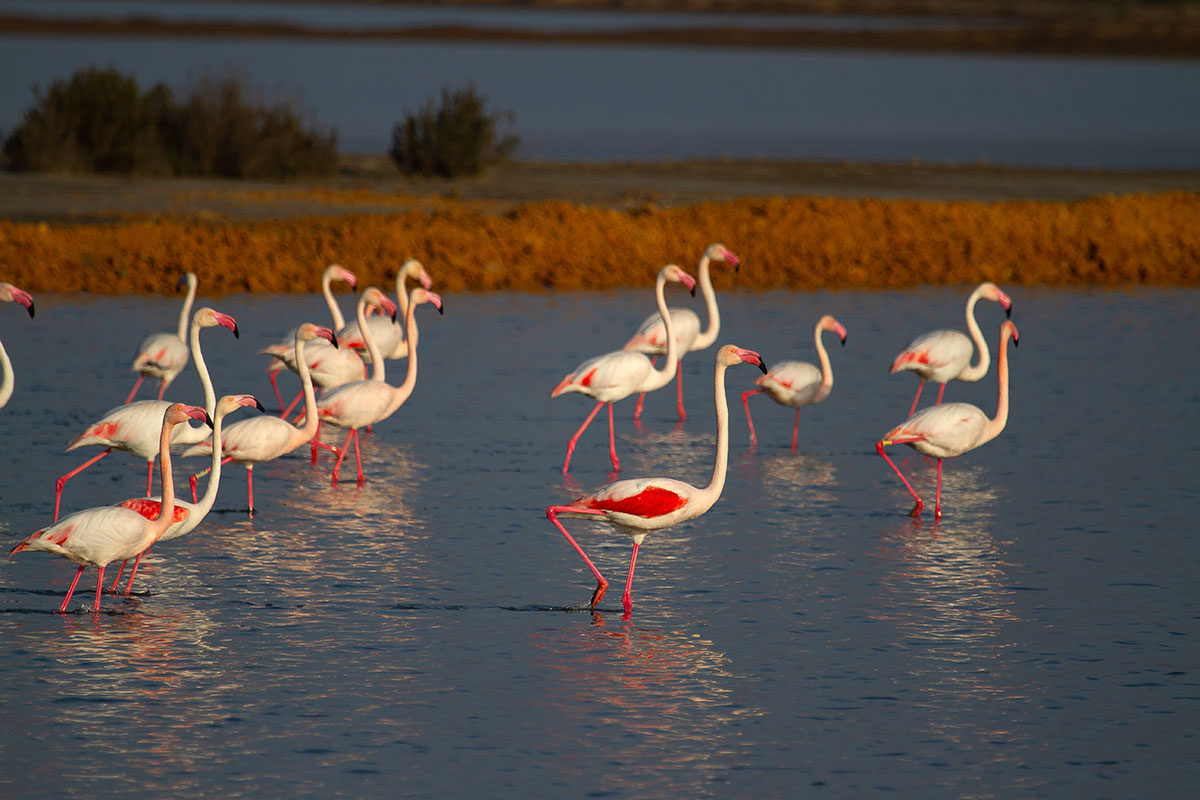
There is also an international agreement named Ramsar, whose aim is to protect wetland areas with outstanding birdlife, such as the Salinas area in the Cabo de Gata Nature Park and the Laguna de Fuente Piedra Nature Reserve, as well as a national organisation named ZEPA, an acronym whose meaning is self-explanatory to English speakers: Zona Especial de Protección de las Aves. National parks such as Doñana, famous for its birdlife, are already well protected and do not need the ZEPA designation.
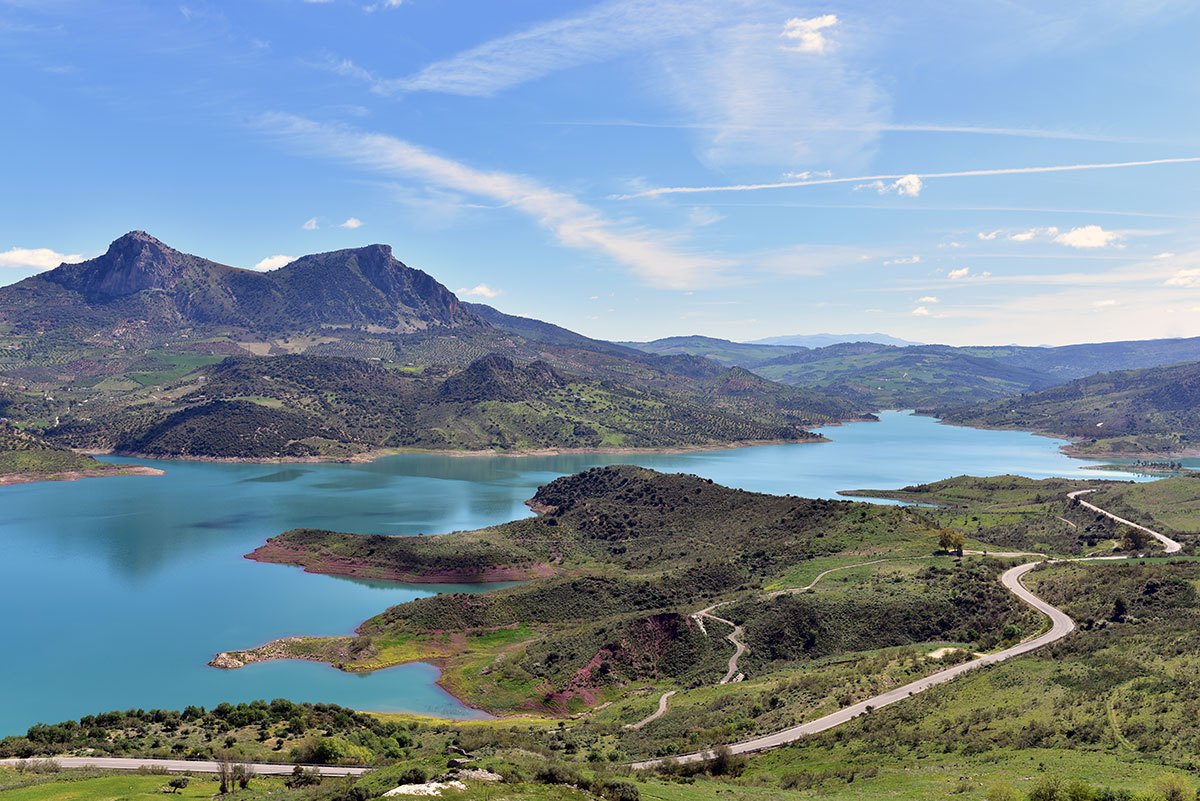
Access to the parks varies according to their need for protection. Some, like Doñana, offer strictly limited access, and none by private car, while the Sierra de Las Nieves allows motorised access from designated roads through perimeter towns and villages. All have visitors’ centres, offering exhibitions, audio-visual displays and other information on the parks in question, along with guidebooks, maps, leaflets and details of walks, bicycle rides, sporting activities and accommodation.
The opening hours of visitors’ centres depend on how important they are, the smaller centres being open only on weekends. Most open on public holidays, the hours being from ten to two and four to six in the afternoons from October to April, extending to eight in the evenings from May to September. Information on opening hours is usually available in local tourist offices. Many offer guided tours and mountain bikes for hire, while water sports can be practiced where there are lakes, rivers or seashore.

They are all, of course, rich in wildlife, which is their principal raison d’être, and they vary enormously in geology, climate and habitat. But be warned, you are not going to be entertained by wild animals as in a zoo, even on organised jeep trips through the most remote of them. Neither can you expect to be amused by lavish audio-visual shows in the visitors’ centres: these are not amusement or theme parks.
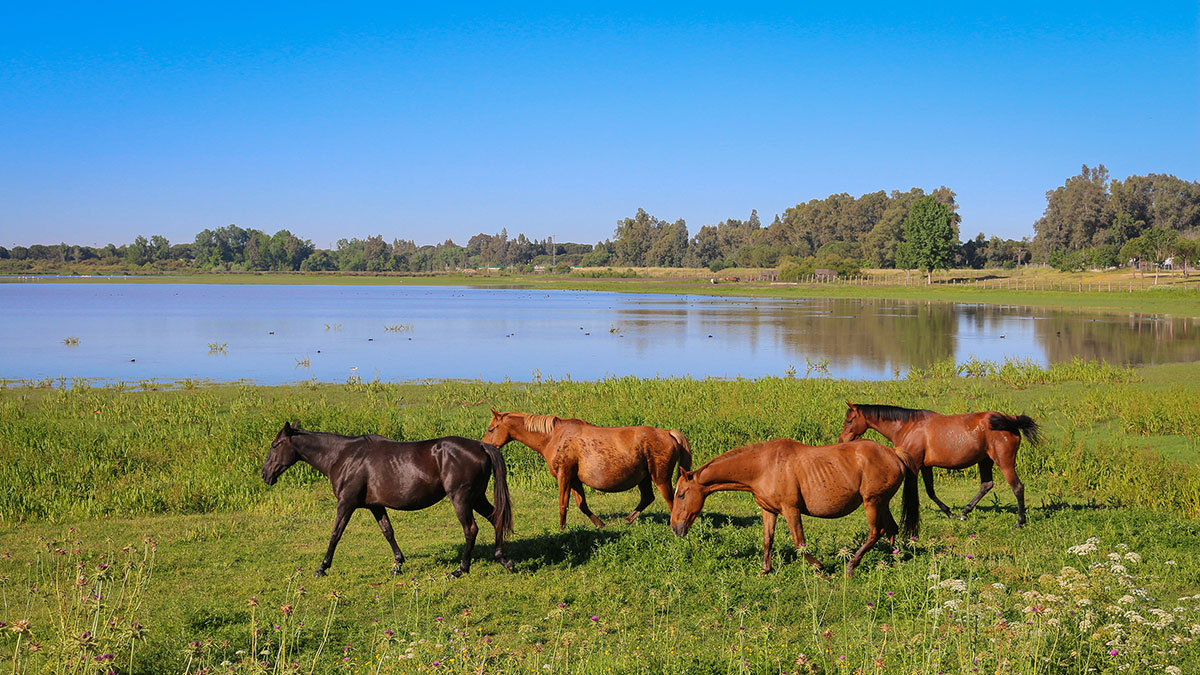
There are towns and villages in most protected areas in Andalucia, although building is either prohibited outright or its regulations are especially strict. In more remote areas, bungalows, chalets or wooden huts are available to rent, and camping is allowed in designated campsites or so-called Áreas de Acampada Libre (Free Camping). In certain places, camping is restricted to winter months, for fear of forest fires. It is advisable to check beforehand with the relevant authorities, since regulations vary from park to park.
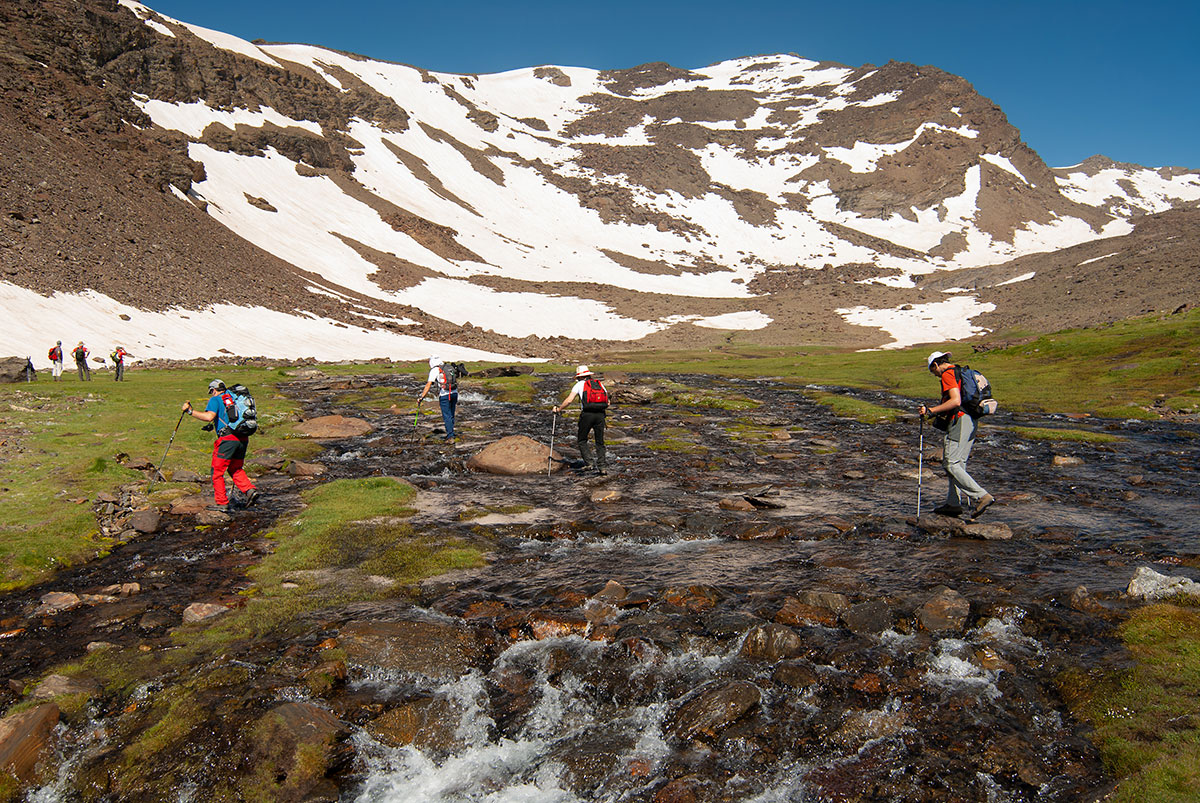
There are also some mountain huts (refugios) that offer sleeping space with showers, that can be booked in advance for a small fee, along with other more basic structures, usually made of stone, that are open to whoever needs them free of charge and without the need for prior booking.
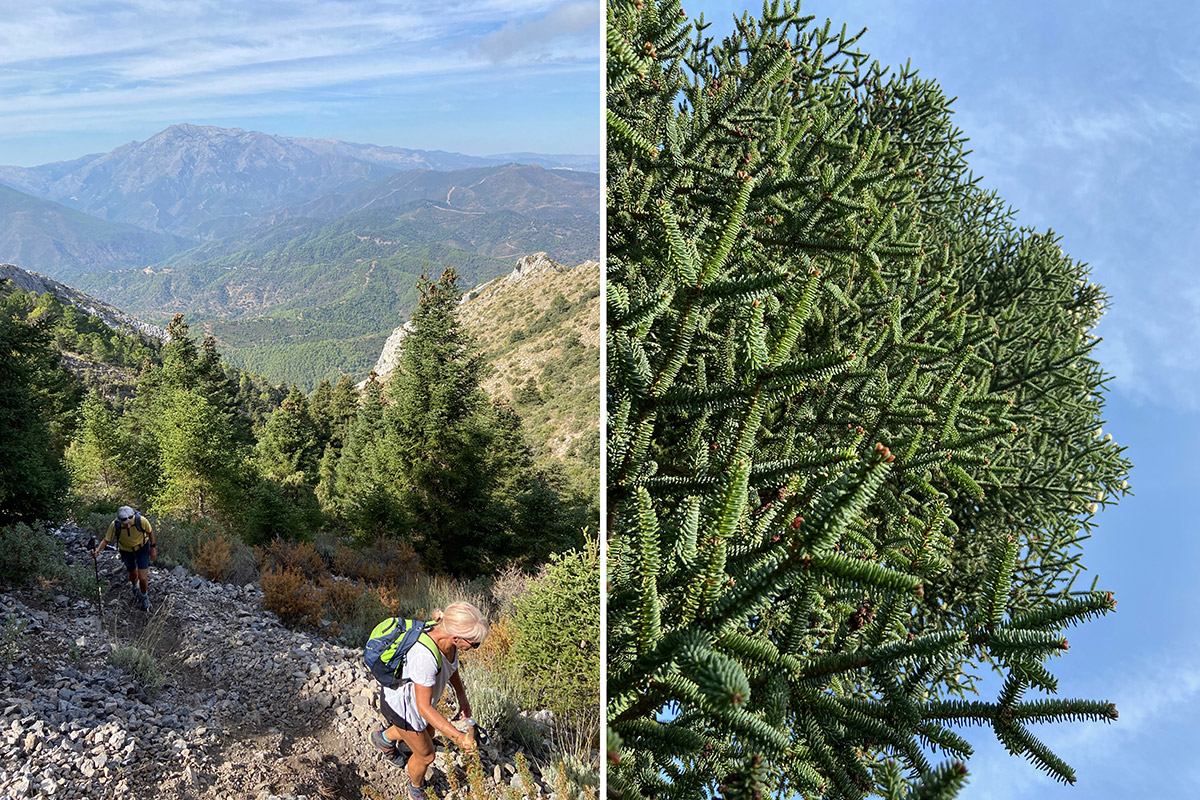
Numerous rules and regulations set out what exactly you cannot do in a national park, but as long as you leave your guns, offensive weapons, explosives, dogs and ghetto blasters at home, you should have no problem. Rules for nature parks are more relaxed, and in most cases, it’s difficult to tell when you have actually entered one of them. On a more positive note, they exist for the pleasure of all of us, and that includes you and me. It would indeed be a pity if we failed to take full advantage of them.


